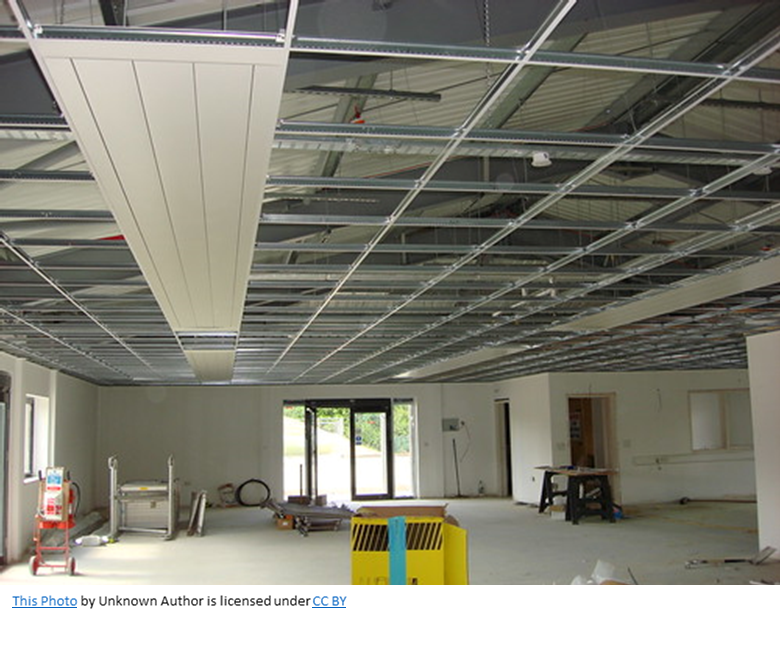New Rules for Spaces with Limited Access [NEC 2017 110.26(A)(4)]

By: Jerry Durham | May 09, 2019
Space Requirements
The NEC has long regulated the required space around electrical equipment installations so that a worker who is going to examine, adjust, service, or maintain equipment that may be energized is not exposed to excessive danger from live (ungrounded) parts. The worker must have enough space available so as not to contact a surface that could effectively make his body a path to ground. In the past, equipment installations above a drop ceiling, such as small transformers, air handlers, VAV’s, and the like, have not been addressed, and the enforcement of Article 110.26 in these spaces has been difficult at best, as the space above a drop ceiling is often very crowded.
The only place where the NEC addressed this situation was in regard to duct heaters at 424.66(B). For 2017, the code making panel included a general requirement for equipment in limited access spaces, i.e. above lay-in ceilings and in crawlspaces. It is a welcome addition to the Electrical Code for both electricians and code officials.
Limited Access
An entire subsection, 110.26(A)(4) “Limited Access” has been added to address installations where the equipment operating at 1000 volts or less (phase to ground) may need to be serviced. Several specific requirements are addressed here:
- For above ceiling installations, the access opening requirement corresponds with that of a standard 2 ft. by 2 ft. lay-in ceiling, with a minimum dimension of 22 by 22 in. These installations are typically serviced via a ladder. For crawlspaces, the requirement corresponds nicely with the building and mechanical codes, with a 22 by 30 in. access required.
- The minimum width of the working space is 30 in. or the width of the equipment, whichever is greater, and all doors or panels must be able to open to 90 degrees or more. This is the same as the general requirement found in 110.26(A)(2).
- The space in front of the equipment does not deviate from Table110.26(A), but there are significant concessions found in 110.26(A)(4)(d). It states that:
(1) The maximum height of the working space is limited to whatever is necessary to install the equipment, and
(2) A horizontal ceiling structural member (or access panel) is allowed to intrude into the required space. This is significant because it was often a sticking point regarding the installation of air handlers and VAV boxes, as sometimes there was no practicable way to comply with the general requirements, as multiple systems compete for space.
The net changes can be summarized as follows:
- Access opening requirements for above ceiling and crawlspaces are 22” by 22” and 22” by 30” respectively.
- Width, depth and access door opening requirements have not changed from the general requirements in 110.26(A).
- The height of the working space need not be more that what is required to install the equipment.
- A horizontal structural member, such as a bar joist or an access panel can intrude into the space.
Limitations and Improved Safety
It is important to remember that there are other limitations regarding the installation of transformers above a ceiling as found at 450.13, which limits the installation to dry type (not oil filled) transformers operating at 1000 volts or less and not to exceed 50kVa. The installation must also meet ventilation and clearance to combustible requirements found in 450.9 and 450.21(A).
The new requirements found in 110.26(A)(4) are a very useful, practical and navigable addition to what was previously included in this portion of the code. Crawlspaces and especially above ceiling space electrical installations can now be provided with working clearances according to prescriptive requirements, which will lead to better safety for electricians and maintenance workers. This clarification regarding what needs to happen in limited access spaces will result in an increased level of compliance and ultimately improve worker safety.

